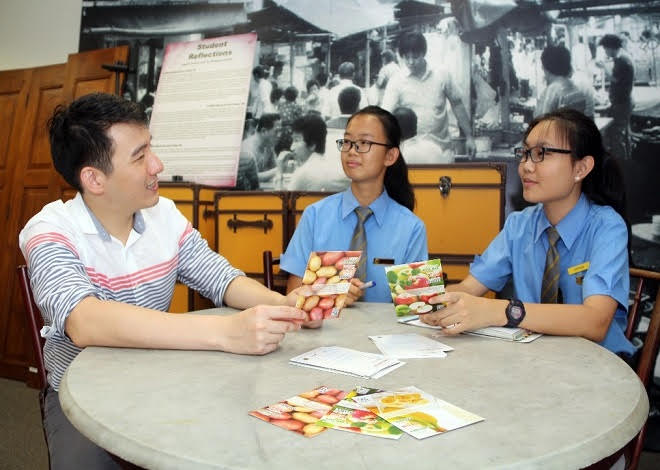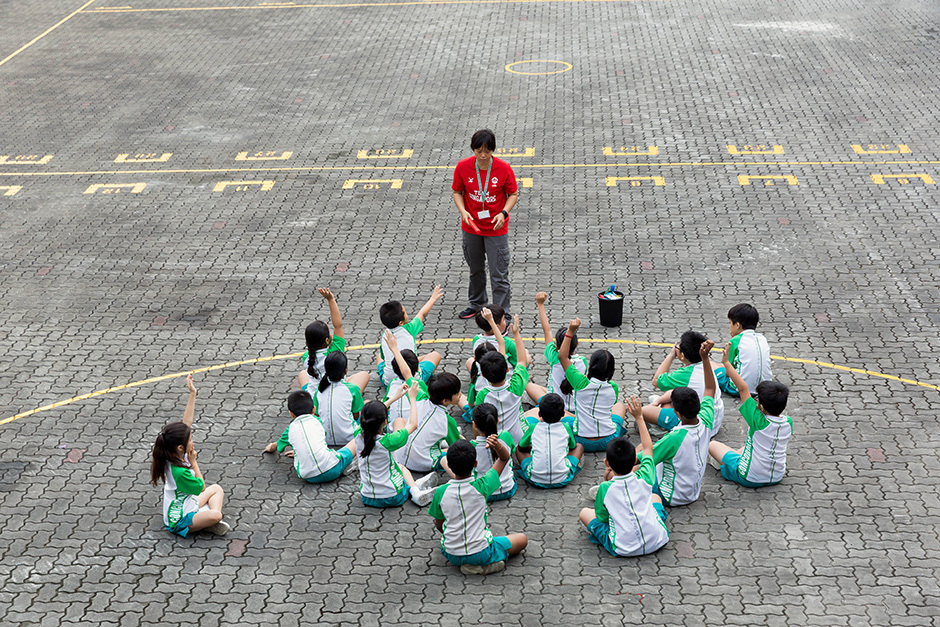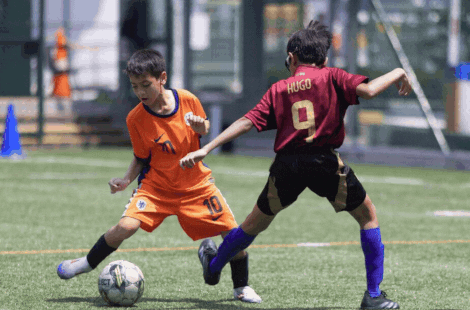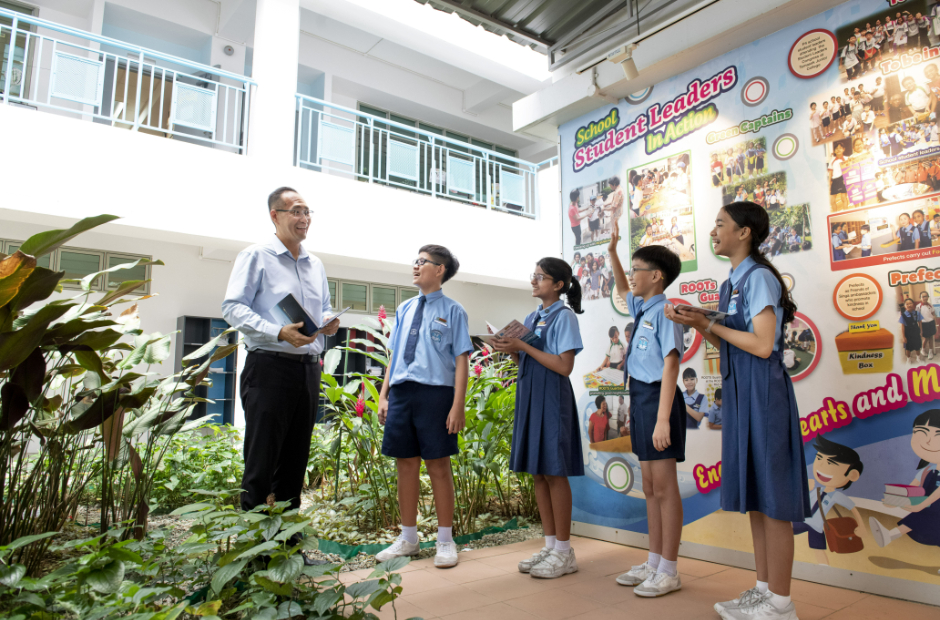Daniel Soh, Cedar Girls’ Secondary School, Outstanding Youth in Education Award 2017 Finalist.
I have always believed that education is not just about obtaining paper qualifications or getting a job. It is about discovering our passions, creating an infectious thirst for knowledge, and understanding how we can positively impact society through our strengths.
I discovered I can encourage this mindset in my students by getting them to research certain sectors of society, identify the issues they face, and propose creative solutions for them. In other words, social innovation.
A few months into my first posting at Cedar Girls’ Secondary School, I was told my school was setting up a committee to develop and implement a social-innovation curriculum. I signed up despite having no experience in this field because it sounded like very exciting work.
Some of the committee members, including myself, were shuttled to the Henry Ford Learning Institute in Detroit, USA, for training in Design Thinking, a framework that promotes social innovation. In the years that followed, I have trained fellow teachers and students in Design Thinking and I am also honoured to lead the team of committed teachers in school to champion the social innovation programme.
Building Bridges of Opportunity
For my students to get a taste of what social innovation can do, I knew I had to get them out of their comfort zones. I got them to research on groups of people they would not normally encounter day-to-day, and had them devise interview questions.
I would say, “What sort of questions would you ask to allow your interviewee to share stories with you, that you might know them better as a person?” When the students crafted the questions instead of my proposing them, they took ownership of how they wanted to steer the project, and they thought more deeply about the issues they were working on.
I also had to find organisations willing to collaborate with my students, which proved more challenging than I had expected. Organisations are more comfortable with prescribing typical volunteering activities, and less interested in student-proposed initiatives. I was lucky to find partners, such as the National Environment Agency (NEA), which were keen to see these projects through.
To gain greater clarity of my own thought processes, I attended innovation-related events, courses, and workshops regularly. As I become more reflective in my practice, I am able to inspire conviction in my committee members that our work can ignite the sparks of compassion in our students.
I learned to celebrate the success stories.
I was encouraged when Naya*, one of the students I had brought to visit a social enterprise on an overseas learning journey, asked me for the contact of the organisation representative so that she could volunteer with the organisation on her own.
I was heartened to hear that one of my form class students, Felicia*, felt so motivated by the school programmes that she rallied her classmates to plan weekly activities to entertain patients at the KK Women and Children’s Hospital. She recently received the Halogen Foundation National Young Leader Award.
In June 2015, I mentored a group of Secondary 2 students who were working on a project on food wastage in Singapore. I encouraged them to conduct interviews and field observations at food centres to see how people were wasting food. We discussed their findings and went through several ideas before deciding to make a video on interesting recipes using common leftover food items found in households.
The students earnestly presented their prototype to representatives from NEA who were very impressed and offered support to further develop the idea. The girls were thrilled, and spent an additional year on research to produce postcards and a set of professional videos. They then launched these products to thousands of members of the public at NEA’s annual South East Clean and Green Carnival in November 2016.
What touched me most, however, was when these girls, who called themselves “The Foodhackers”, told me how much they enjoyed the whole process, and now knew what they could do to reduce food wastage amongst their friends. The rich learning that the students acquired reminded me of why I am in the teaching profession – to work with and develop young minds such as these.
Innovating by Example
I have had the privilege to conduct Design Thinking workshops for teachers in my school and the teaching fraternity. I have helped them provide a safe environment for students to learn from their mistakes when designing their innovative social solutions.
I tell them: when teachers exemplify the resilience, compassion, and adaptability expected of students, students in turn find that learning becomes much more meaningful. My colleagues have shared with me how they have gained more confidence in facilitating projects and have become inspired to create opportunities for students to create their own success stories.
A beginning teacher in my team mentored students just a few months after attending my Design Thinking introductory course. She enthusiastically shared how she guided her students to create a documentary archiving the memories of the elderly residents of Dakota. The students made two hundred copies of the documentary for the regulars at the elder care centres we worked with. The centre’s representatives were full of praise for the students’ immense effort.
Every year, my team and I develop new and more effective ways of teaching our students social innovation, using current examples, and collaborating with partners from different sectors of society.
I am fascinated by how similar social innovation is to learning – never a destination, always a journey. My role as a teacher is to make that journey a meaningful one for those I guide, be it students or fellow teachers, so that the learners may use the knowledge to embrace the exhilarating challenges that lie ahead of them in life.
*Names have been changed.






